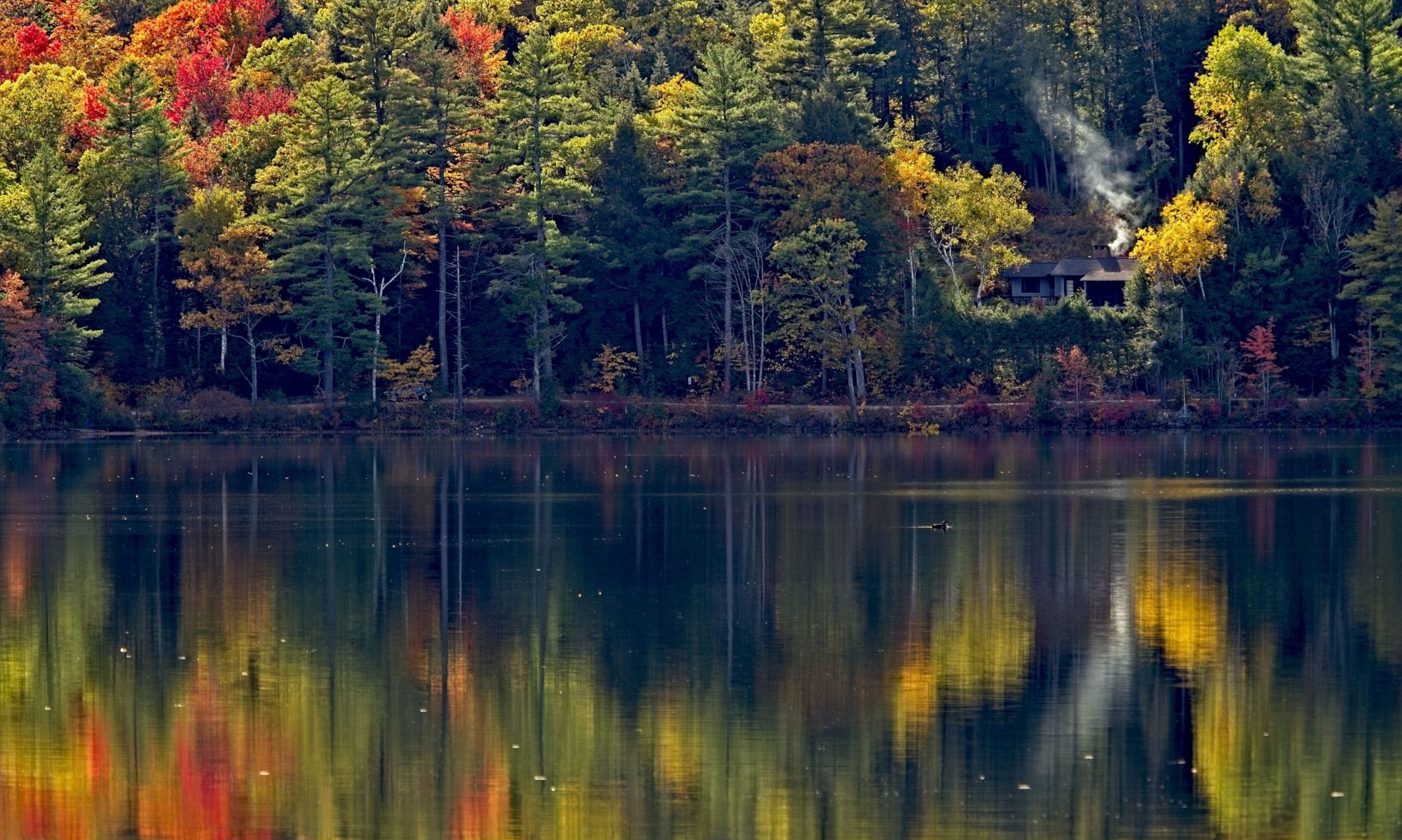I remember the first time I saw a moment that I knew I had to photograph. I wonder if other photographers are the same.
I was in Maine, spending a weekend with a friend at his lake side cabin. I woke up on a cool late autumn morning and the whole lake was covered in rising mist. The water was much warmer than the cool dry air and up came the moisture.
My only camera was a 3 megapixel ‘Kodak Easy Share’ I had gotten for Christmas a few years before. This was turn of the century, inexpensive, pocket camera technology at its most average.… Click here to read more!

